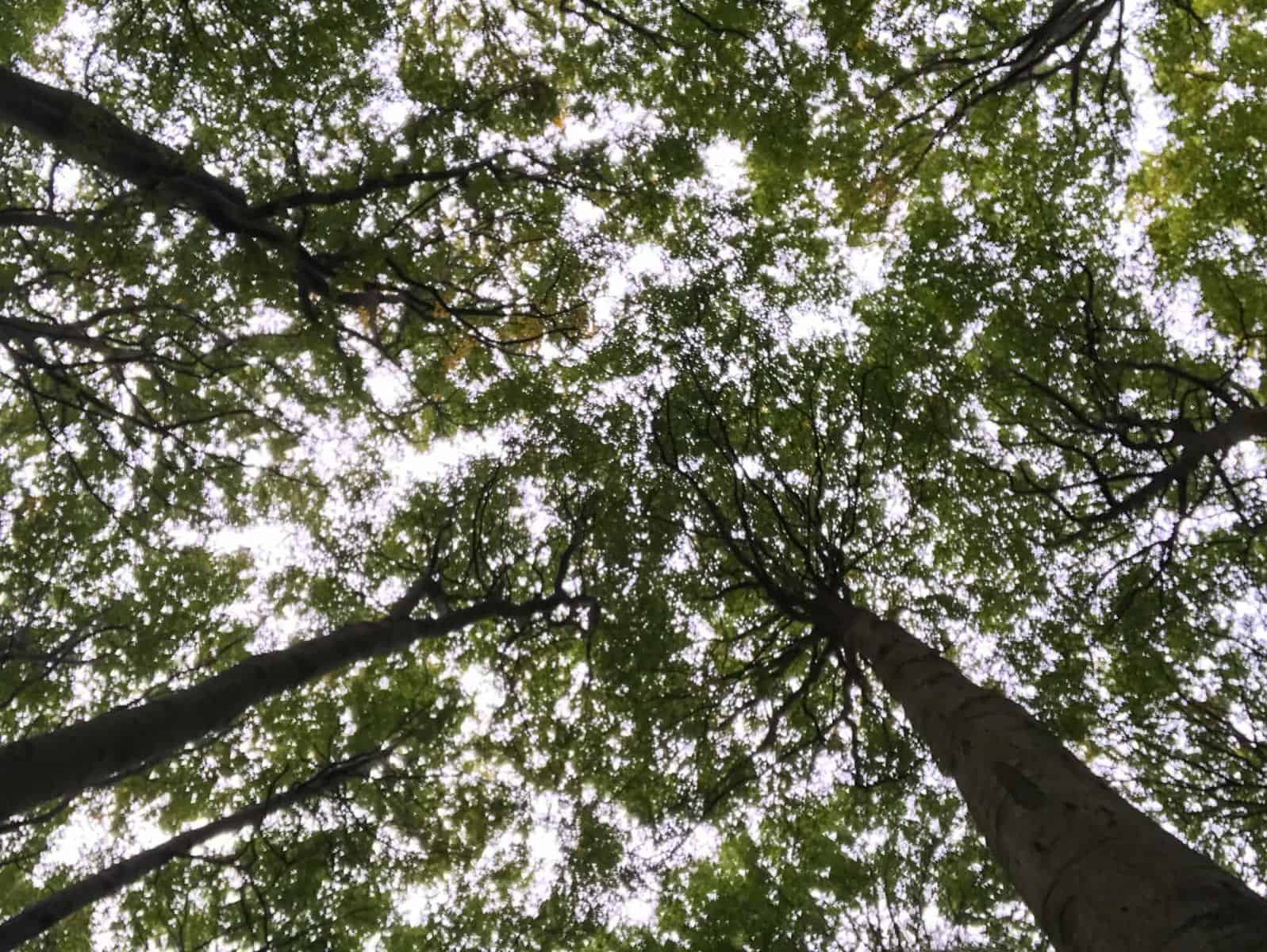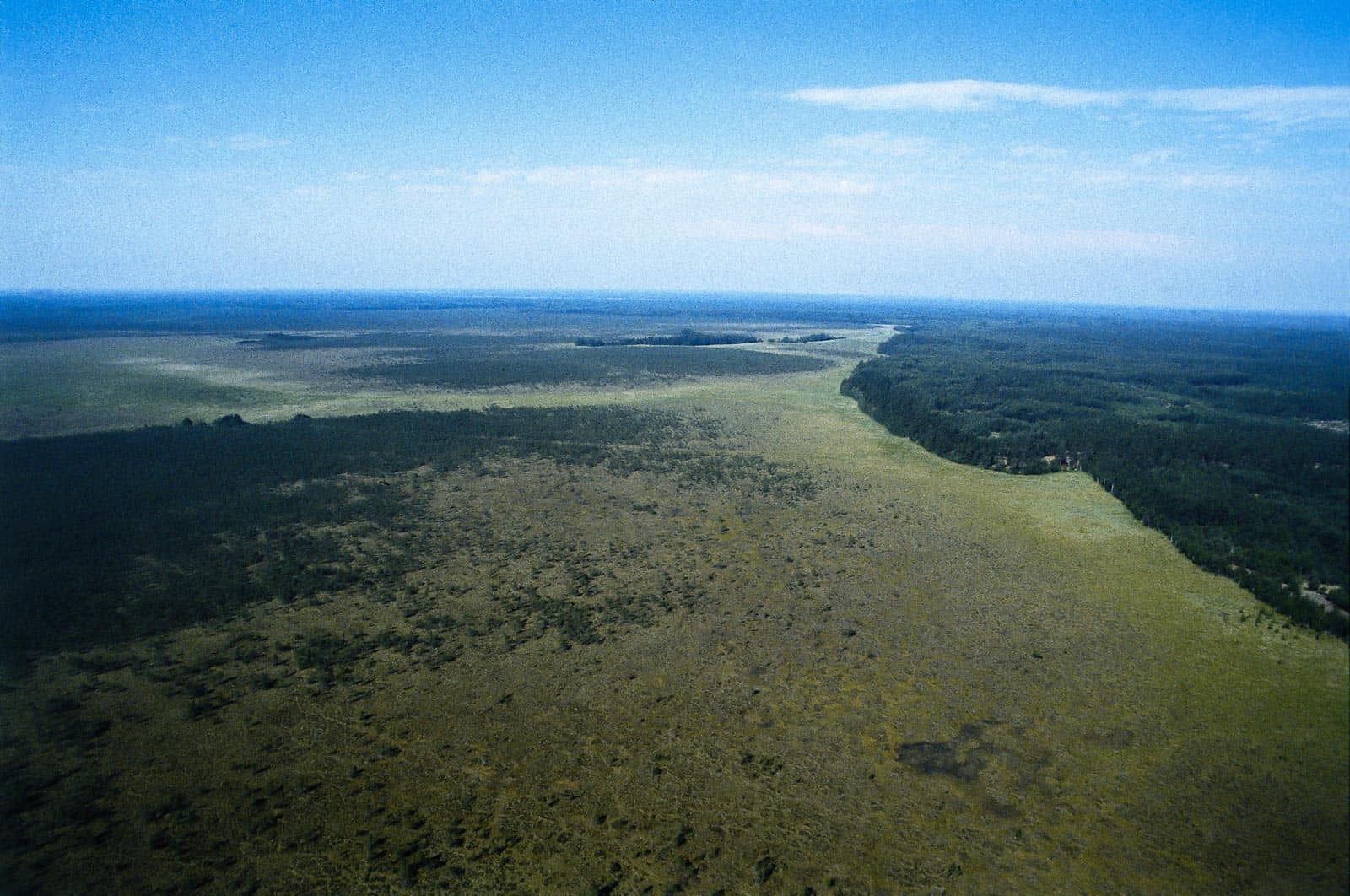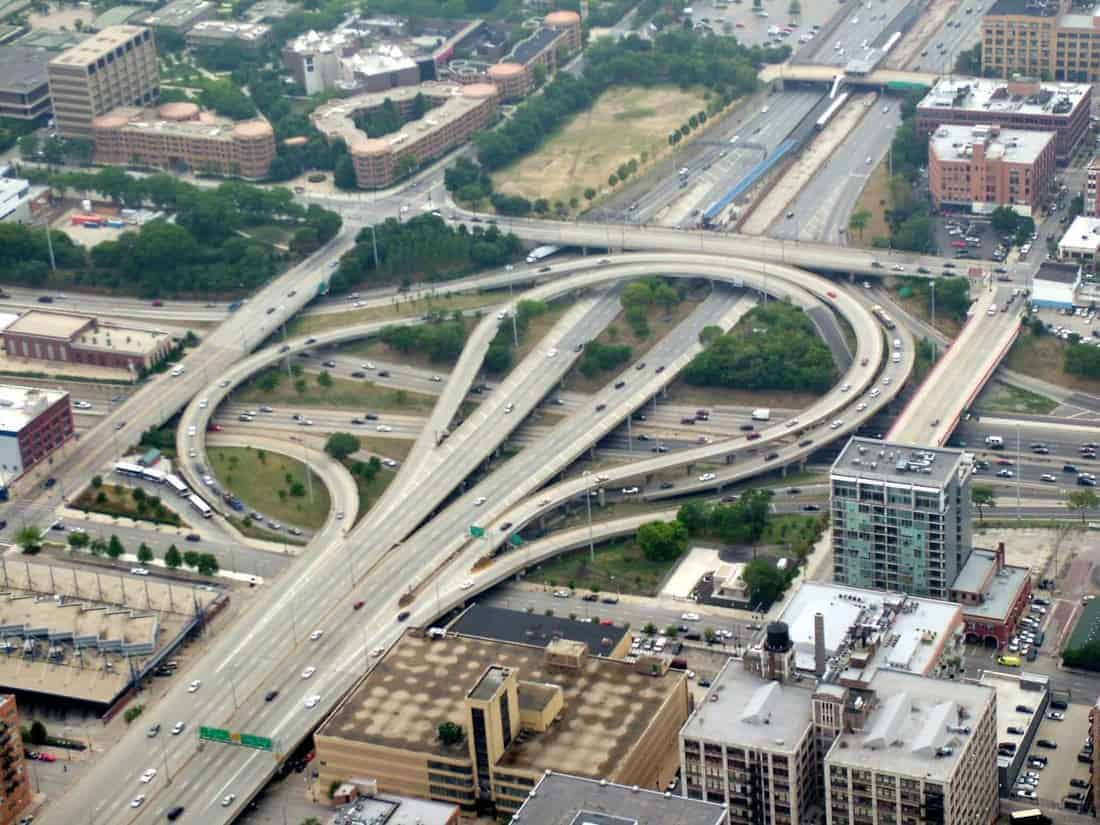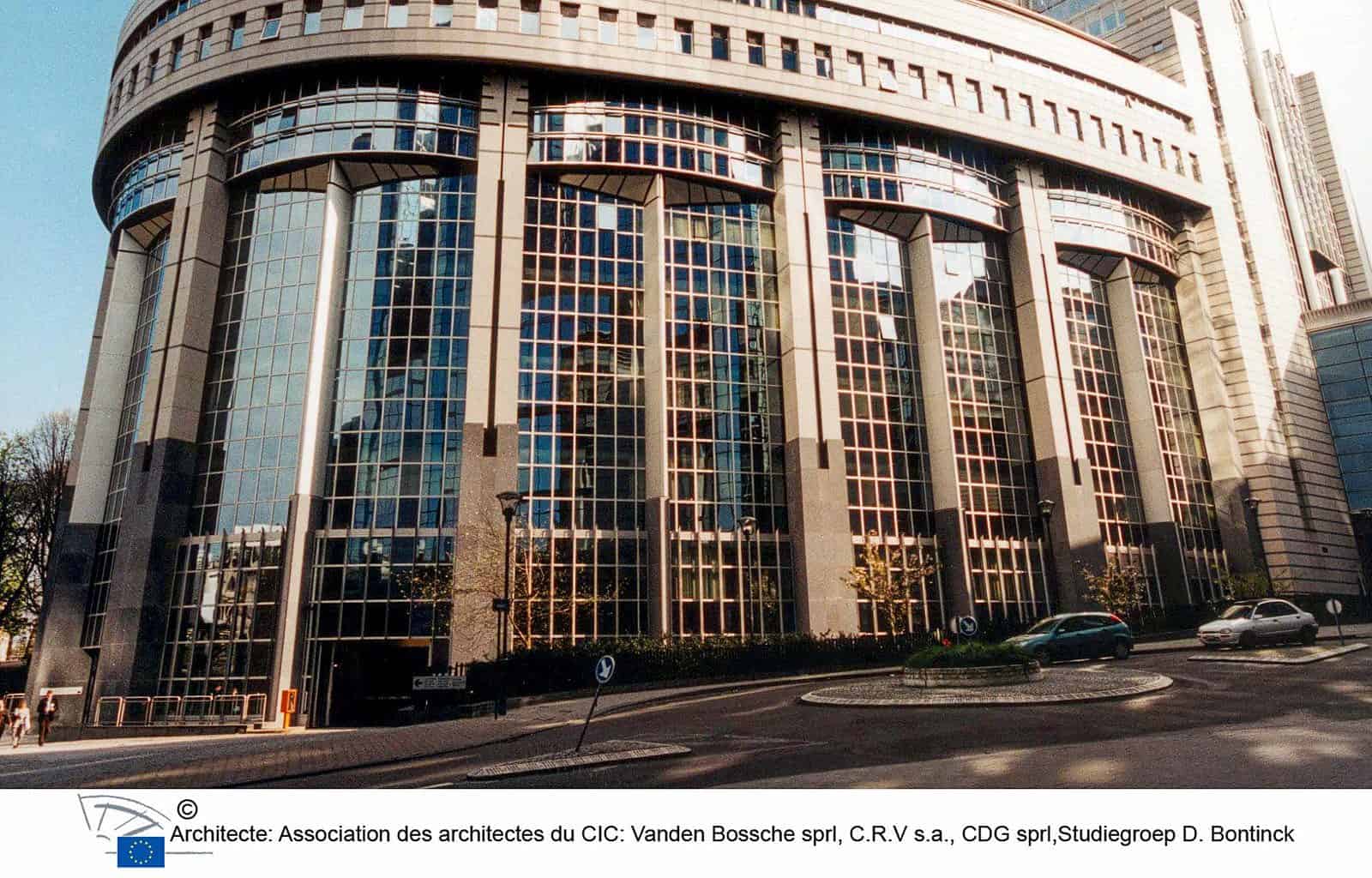Is restoring forests the best way to tackle climate change?
Recently, a study in journal Science was published that shows that the best solution for climate change is planting trees. By doing so, trees absorb the excess CO2 that we released into the atmosphere. Therefore, forest restoration can significantly contribute to the reduction of CO2 levels in the atmosphere and hence help halt climate change.
Please also read: How Climate Change Impacts Forests
The study used modelling to identify areas where forests can be restored. This includes land that has been degraded, for example abandoned agricultural land or land deforested for timber. They also took into account how climate change will change the proportion of the globe that is suitable for forest growth. While they found that this proportion would decrease due to the shrinkage of tropical forests, there is still enough suitable land to increase world’s forests by a third.
Humans have emitted around 300 billion tons of CO2 into the atmosphere since the industrial revolution. Forest restoration could lead to the removal of two thirds of this carbon. This would result in a significantly less climate change. However, just planting trees is not a sufficient action against climate change, as a reduction in our emissions is equally crucial. Nevertheless, it is the best an cheapest way to remove the carbon already present in the atmosphere.
Earth could naturally support up to 0.9 billion hectares of additional forest. The countries with the most land suitable for forest restoration include Russia, the US, Canada, Australia, Brazil and China. Besides restoring forests it is equally important to preserve the forests we already have and stop deforestation. Not only is deforestation destroying the trees that absorb more carbon, but also by using the wood for and often burning it CO2 emissions increase.
Criticism of the study
However, certain scientists have expressed doubt about the validity of these results. For example, professor Myles Allen (University of Oxford) believes that the results are overestimating the reduction in atmospheric carbon. Furthermore, it is still crucial to focus on reducing greenhouse gas emissions, rather than just compensating them by planting more trees. Additionally, this study is only based on computer simulations rather than good knowledge of all reafforestation-suitable areas. Thus, the amount of area available for reafforestation may be different in real life.
Climate change and Wilderness
By protecting the last Wilderness in Europe, many of the forests crucial for halting climate change are also preserved. As no intervention is allowed in WILDForests, logging is prevented and hence more trees absorb CO2. Additionally, by stopping management and letting nature go back to wild, forests would likely expand in Europe. Therefore, it is crucial to preserve Europe’s last Wilderness and WILDForests, not just for the sake of the unique natural processes present there but also to help halt climate change.








